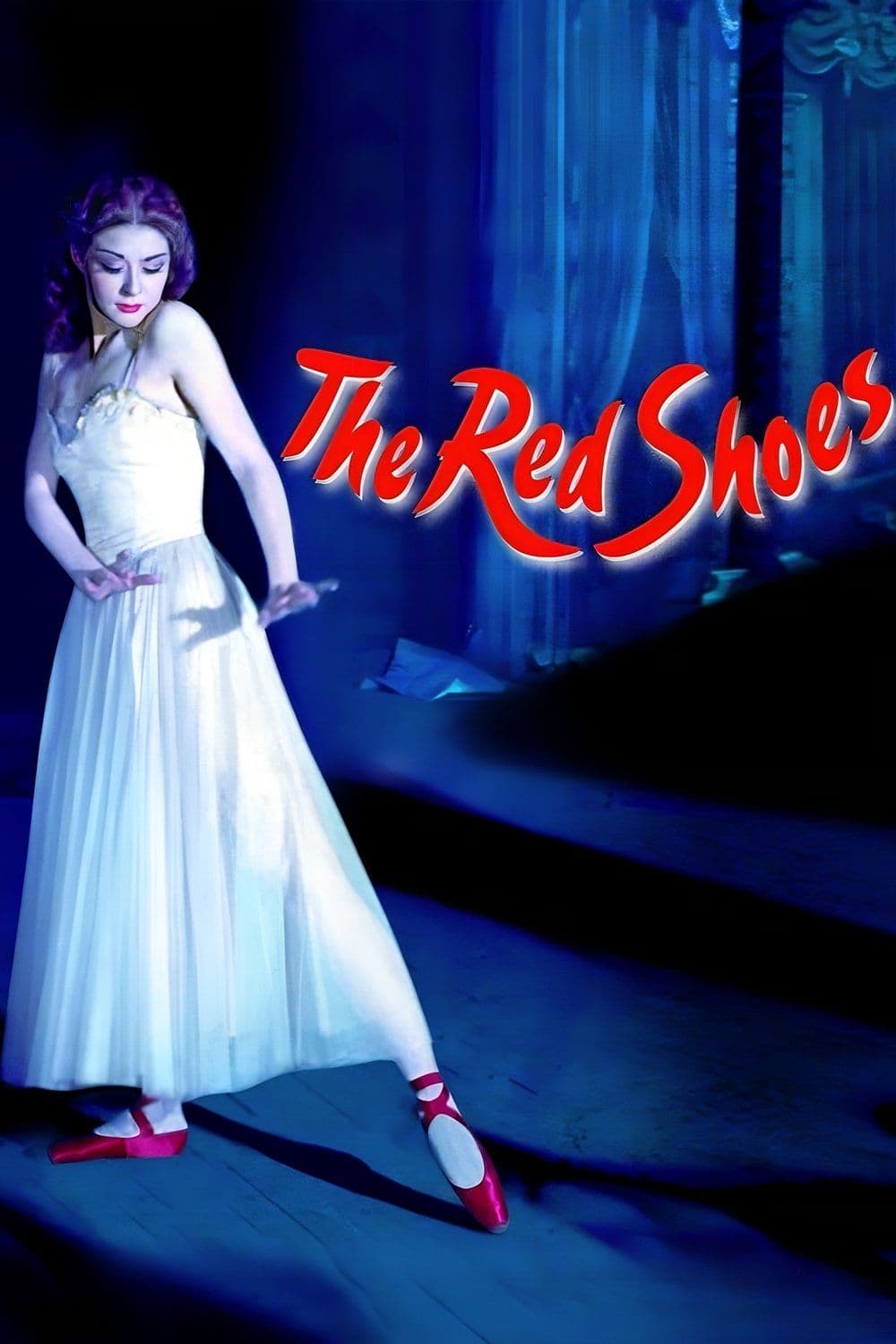
The Red Shoes
1948
Rate this movie
Average: 5.00 / 5
(2 votes)
Directors
A work co-directed by Michael Powell and Emeric Pressburger has, over time, become a shrine for lovers of the melodrama genre, and more generally an object of admiration for critics and dance enthusiasts tout court. But to define "The Red Shoes" simply as a dancing melodrama would be reductive, almost irreverent. It is rather an audacious exploration of the dynamics of artistic creation and the inherent sacrifice it demands, a work that cemented the reputation of 'The Archers' (their celebrated production company) as architects of visionary cinema, capable of blending realism and surrealism, impeccable technique and profound psychological resonances. Their mastery in depicting inner worlds with such vibrant aesthetic brushstrokes finds one of its supreme expressions here.
What makes this film special? Firstly, the story: a young and talented ballerina, Victoria Page, dedicates herself to dance, physically and psychologically tormented by the company's director, the celebrated and despotic Boris Lermontov, an artist-demiurge who subjects her to an iron-willed and destructive discipline. Lermontov, portrayed with glacial charisma by Anton Walbrook, is not merely an antagonist, but rather the personification of art itself, a demanding deity who exacts adoration and absolute dedication, without compromise. He embodies the darkest and most seductive side of genius, one who creates by destroying, a Pygmalion who molds his Galatea at the cost of all human happiness.
The girl divides her life between an all-consuming love for dance and an earthly passion for a composer, Julian Craster, who is working on "The Red Shoes" ballet, based on Hans Christian Andersen's fairy tale of the same name. Here the film achieves a rare symbolic depth: the fairy tale of the red shoes, which compel their wearer to dance ceaselessly until death, becomes a searing metaphor for Victoria's fate. It is not merely a triangular love story, but an epic about the ontological conflict between artistic vocation and 'normal' life. Julian represents the possibility of an everyday love, of an existence built on compromise and human warmth, but for Lermontov and, ultimately, for Victoria herself, art is a devouring jealousy that tolerates no rivals.
A tragic epilogue will seal the fate of these two tormented loves, but it is not a conventional tragedy; it is the inevitable culmination of an absolute life choice, a sacrifice on the altar of beauty. What strikes in this film, beyond the narrative, is the attempt to grasp the instinctive essence of dance, stripped of all rationality; dance as a body language devoid of consciousness, yet soaring in its animalistic fury. It is a representation of dance not as mere technique, but as a primordial vital impulse, almost a Dionysian ecstasy that transcends physicality to tap into the realm of the mystical and the sublime. This quest for the absolute finds its ultimate expression in "The Red Shoes" ballet sequence, a seventeen-minute tour de force that is, in effect, a film within a film. It is not a mere recording of a theatrical performance; it is a cinematic reinvention of dance, where Jack Cardiff's camera itself becomes choreography, exploring the protagonist's tormented mind through cutting-edge special effects for its era, expressionistic sets, and a breathtaking chromatic range.
Following Victoria's ethereal movements, we soar with her above a world of weight and gravity to become pure air in motion, a pure expression of muscle and body. This emotional and visual levitation is amplified by the revolutionary use of Technicolor, which in "The Red Shoes" is not a mere visual embellishment but a true narrative and emotional instrument. The saturated, vibrant, and almost palpable colors, from the crimson passion of the shoes to the deep blue of the dreamlike backdrops, become characters themselves, amplifying the pathos and the surreal dimension of the narrative. Every hue is calibrated to immerse the viewer in Victoria's intoxicating, and at times terrifying, inner world, a world where dream and reality merge in an unprecedented visual harmony. The technical and artistic craftsmanship is of such a high level that the film transcends the boundaries of its genre, influencing generations of filmmakers and dancers, from Martin Scorsese (a great admirer of Powell and Pressburger) to contemporary choreographers.
A film that transforms the most audacious scenic device, dance technique elevated to pure visual poetry, and pure melodrama into its winning weapons, turning tragedy into art and obsession into a form of cursed beauty. "The Red Shoes" is not just a classic; it is a monument to cinema's power to transfigure life, with all its passions and pains, into a sublime and unforgettable aesthetic experience, a warning about the perilous beauty of art that consumes those who dare to approach it too closely.
Country
Gallery
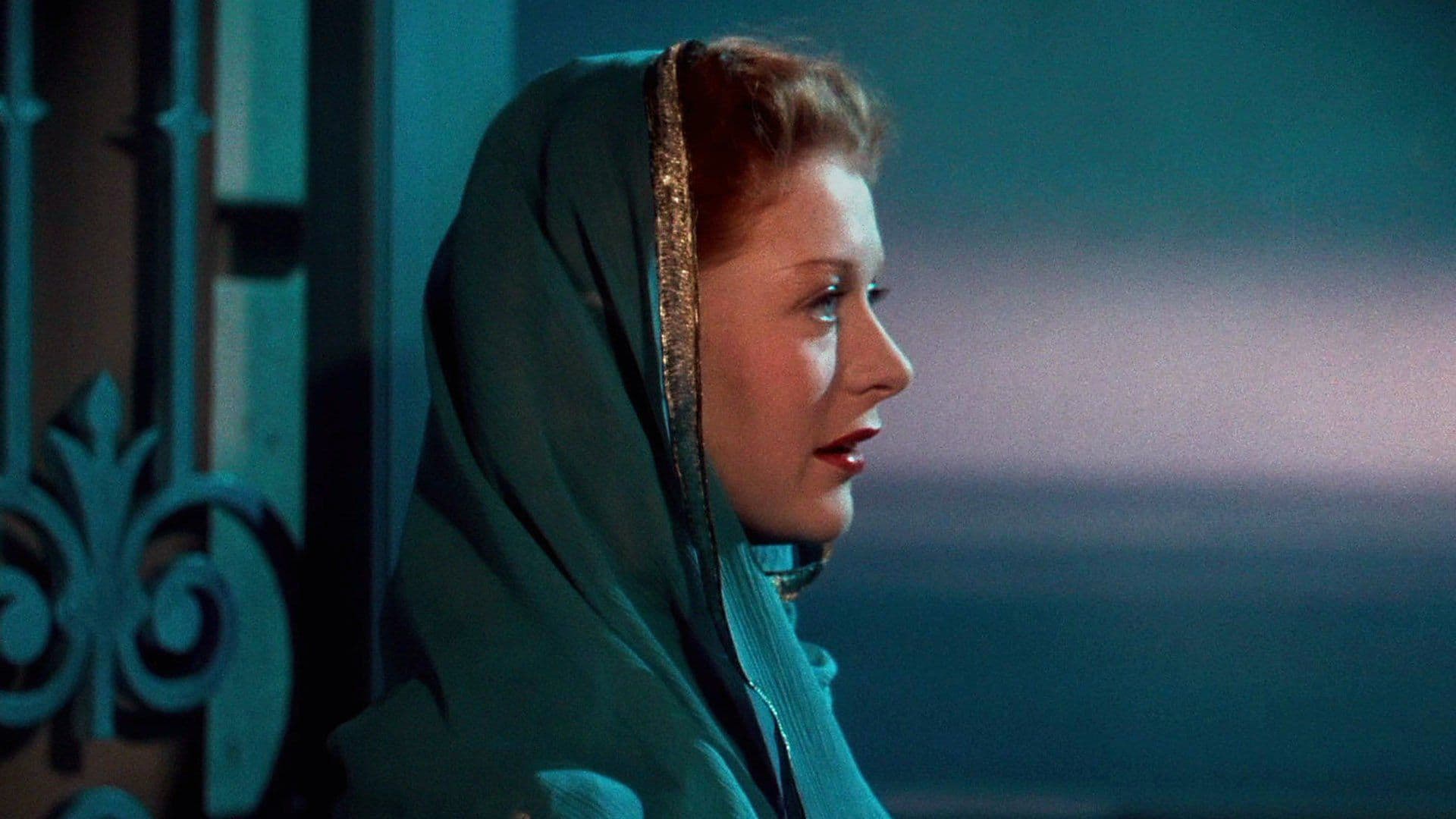
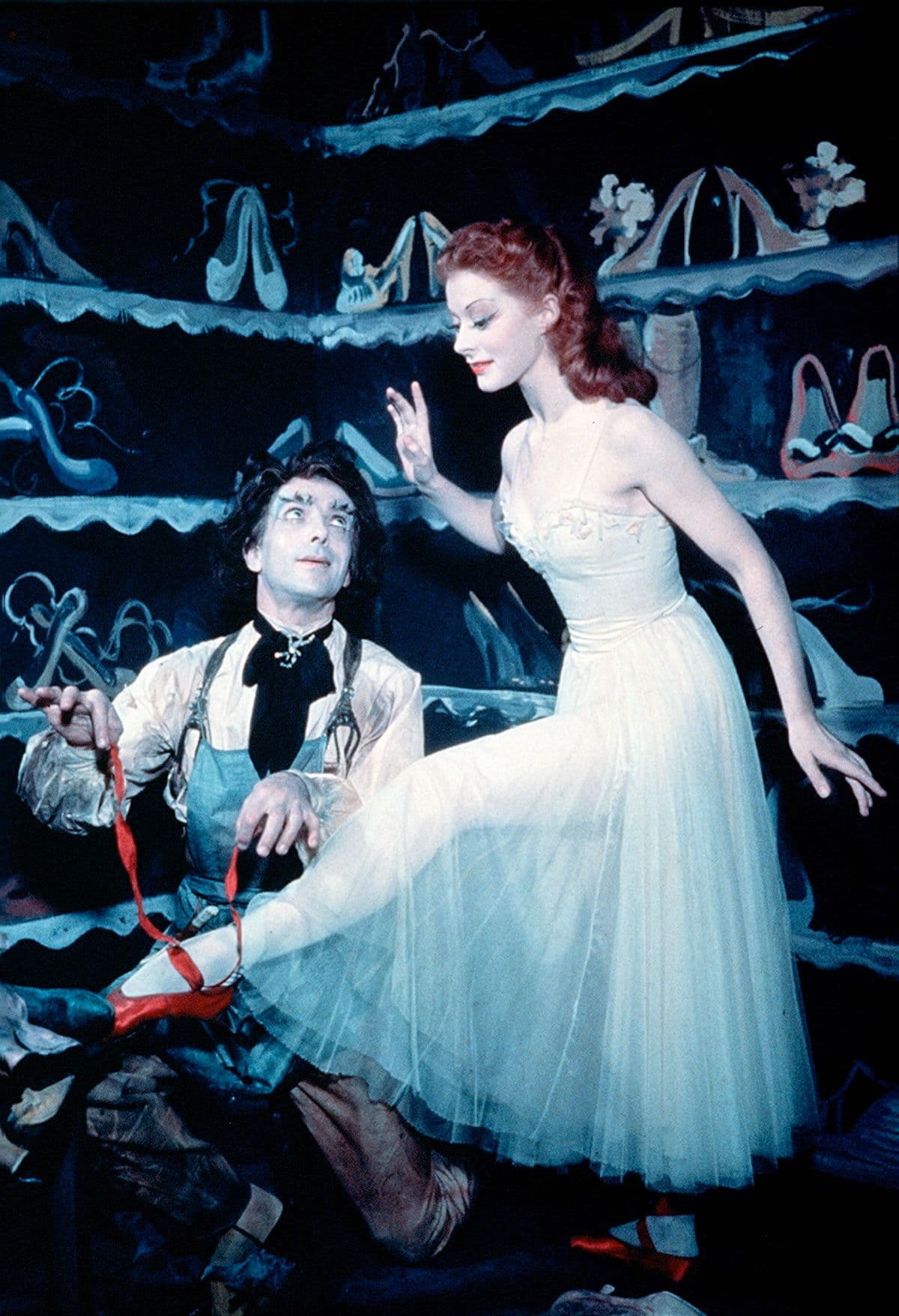

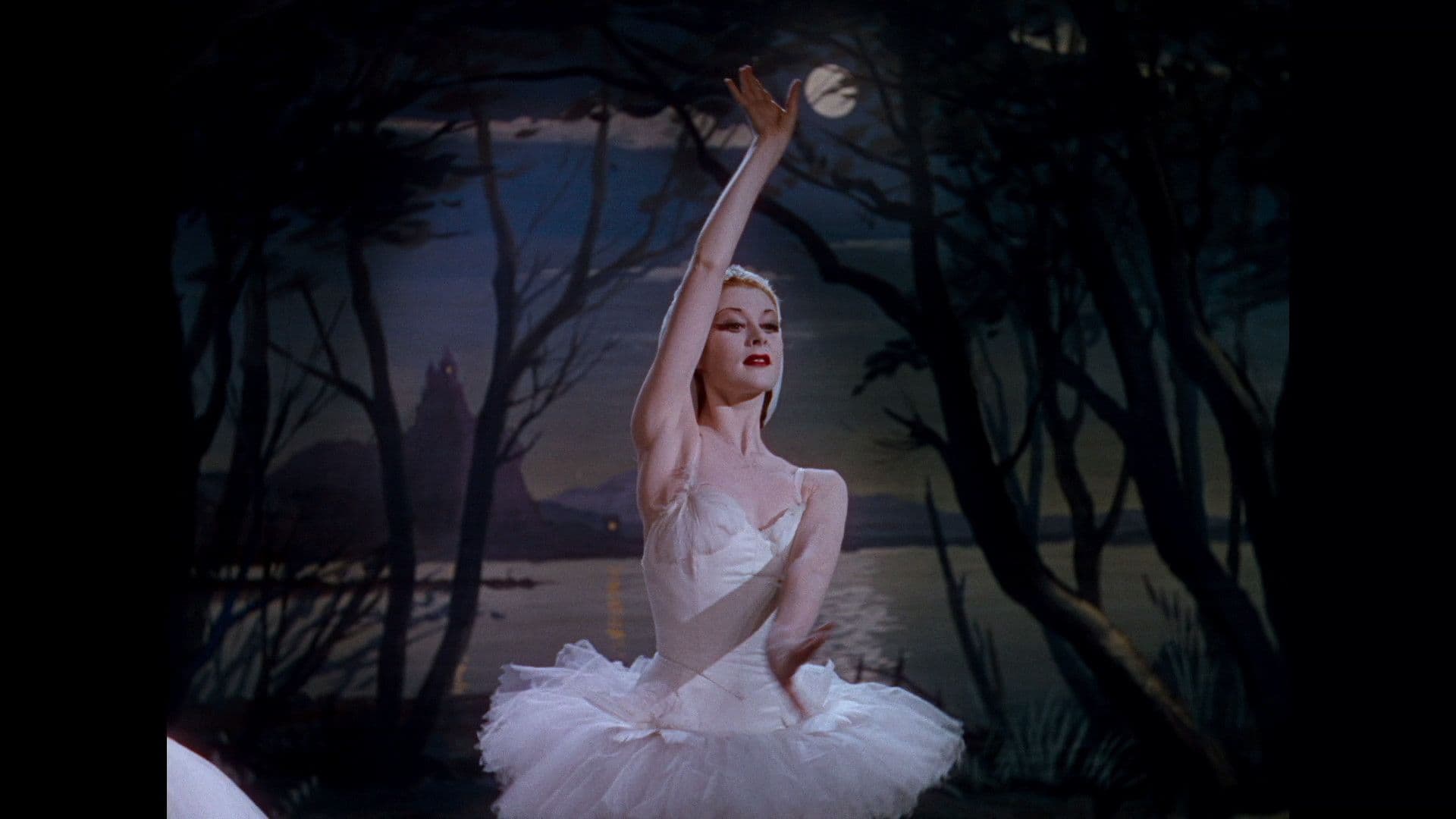

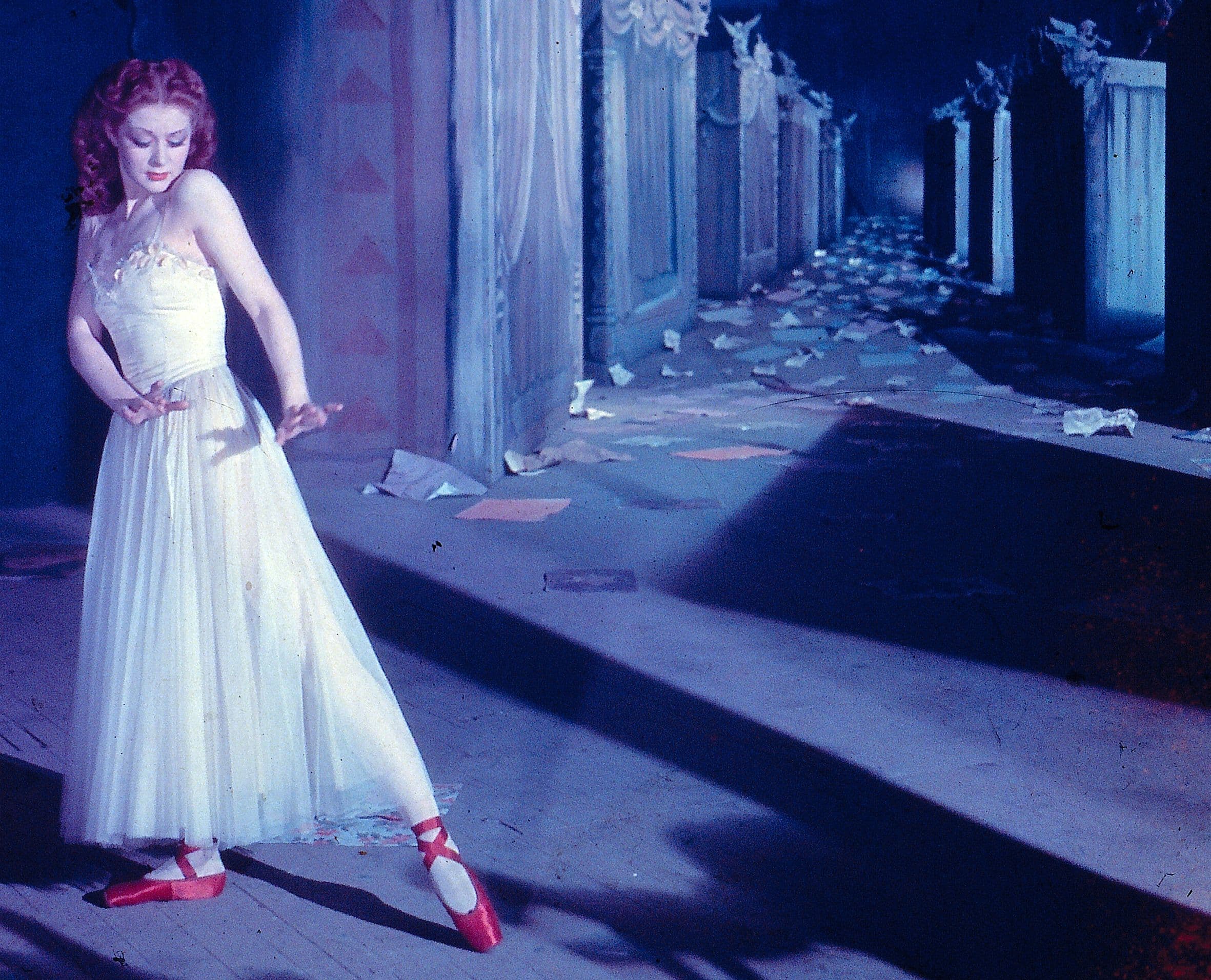
Featured Videos
Official Trailer
Comments
Loading comments...